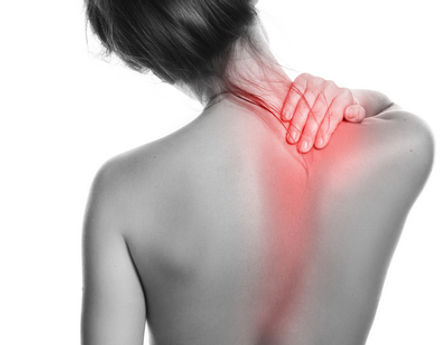Bone fracture treatment
Schedule an appointment with a professional rheumatologist consultant to get rid of pains caused by bone fractures. Tap the button below to fill the contact form.
What is bone fracture?
Fractures are breaks in the body’s bones, whether complete or partial. These breaks can be caused by trauma – such as a fall or a car accident – overuse (stress fractures) or disease. There are many different types of fractures; the most common types include stable, open or compound, transverse, oblique and comminuted. The type depends on the way the bone breaks, i.e. a transverse fracture has a horizontal fracture line.
There are different degrees of fractures as well; bones can crack rather than fully break, or they can even shatter, depending on the severity of force. Fractures can heal completely, although each case is different. X-rays are the most common diagnostic tool.

Symptoms and causes
The primary symptoms of fractures are pain and loss of functionality, such as the inability to move or a decreased range of motion. Swelling, bruising and deformity can occur around the fracture. Some fractures may result in the affected area appearing red and feeling warm; some affected limbs or joints may feel stiff, numb or weak.
Fractured joints may have an abnormal bend, and fractured limbs or digits could appear crooked or shortened. Open fractures - where the skin is broken and/or the bone is visible through the wound - are particularly dangerous because of the risk of infection.

Treatment of a fracture involves setting the bone in place, sometimes through surgery, and immobilization. Plaster or fiberglass casts are commonly used to immobilize the bone while it heals. It can take several weeks to several months to fully heal, depending on the nature of the fracture. A brace may be used; traction aligns a bone through a gentle pulling motion.
External fixation is when pins or screws are mounted to the bone itself and connected to a metal plate outside the skin. Internal fixation is similar, but the metal plates and rods are inside the body. Physical therapy can help patients regain functionality and muscle strength once the bone has begun to heal.
Treatment of bone fractures







